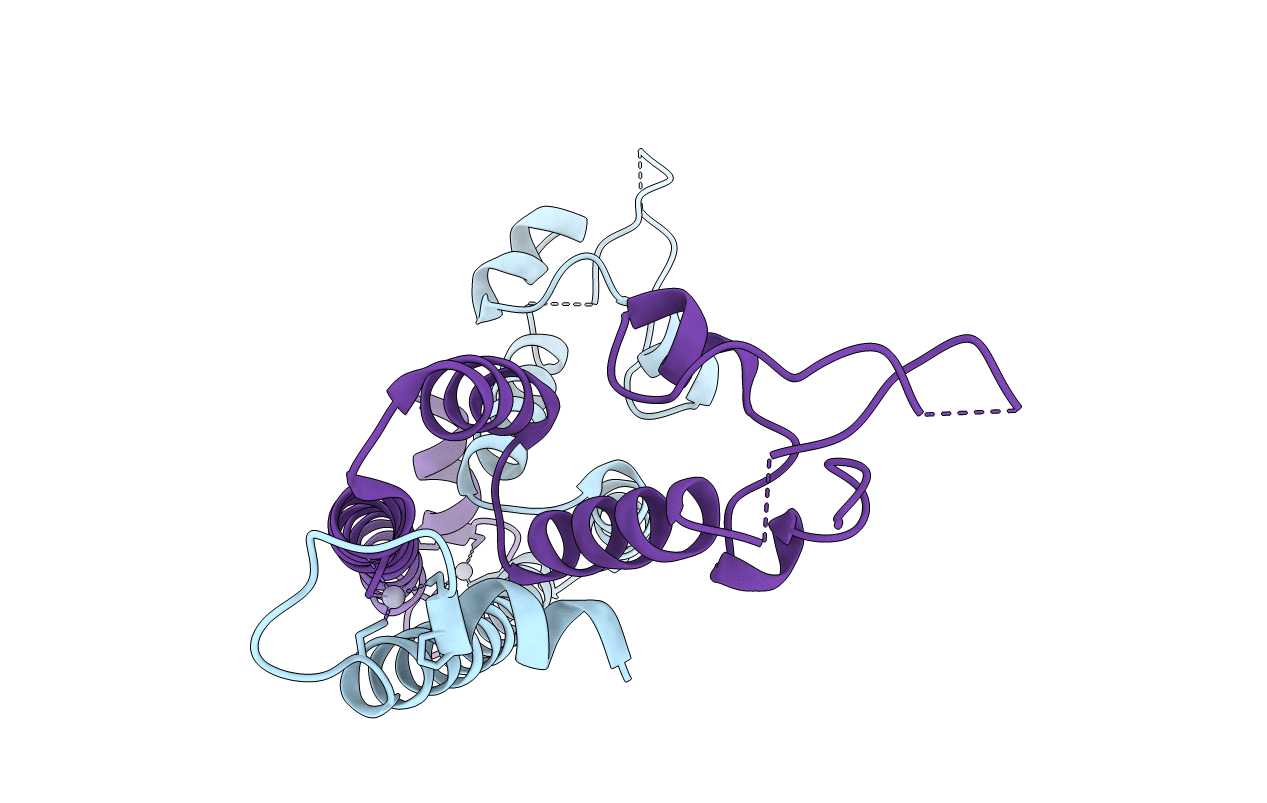
Deposition Date
2014-08-07
Release Date
2015-07-22
Last Version Date
2024-03-20
Entry Detail
PDB ID:
4UA1
Keywords:
Title:
Crystal structure of dual function transcriptional regulator MerR form Bacillus megaterium MB1 in complex with mercury (II) ion
Biological Source:
Source Organism:
Bacillus megaterium (Taxon ID: 1404)
Host Organism:
Method Details:
Experimental Method:
Resolution:
2.56 Å
R-Value Free:
0.28
R-Value Work:
0.22
R-Value Observed:
0.23
Space Group:
P 2 2 2


